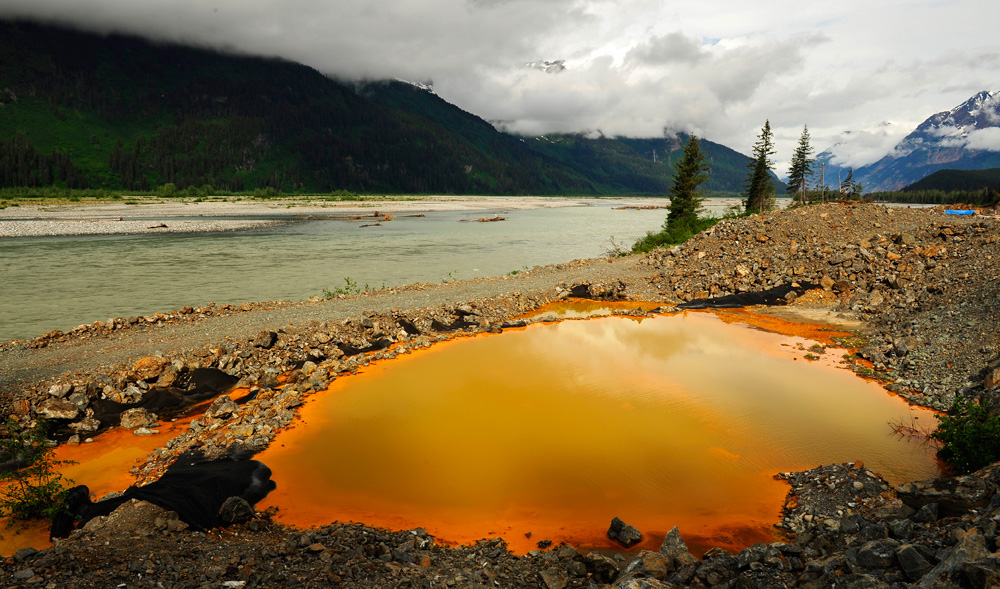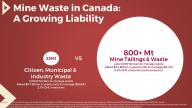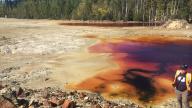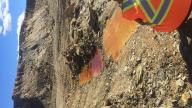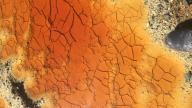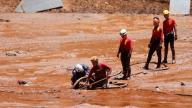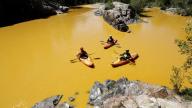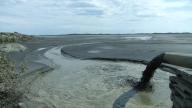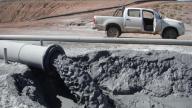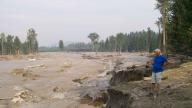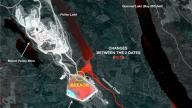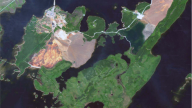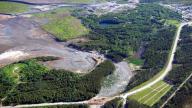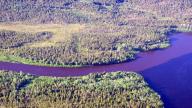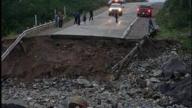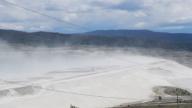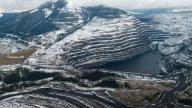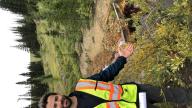Why do affected communities care about mine waste? And why should we care?
When companies dig the metals and minerals we use from the ground, they typically only extract a tiny fraction that is economically viable and sold to the markets. The rest is waste.
For example, for each ton of iron extracted, over 3 tons of solid waste are typically generated.
For most base metals like copper, nickel, and zinc, as well as for hard-rock lithium and graphite mined for the growing battery market and the renewable energy transition, it’s about 20 to 200 tons of solid waste for each ton of primary metal produced.
As for most platinum group elements, rare earth elements, as well as for gold, over a million tons of waste are generated for each ton of metal produced. Yes, a million.
Much if this waste is toxic and can affect entire watersheds.
Whether they are in favour or opposed to mining, the affected communities we work with are all deeply concerned about the pollution risks that can spread far and wide from mine waste sites, potentially affecting their environment for generations to come.
Indeed, mine waste sites are an intergenerational pollution hazard: some call them "environmental ticking time bombs".
But are things really that bad? Well, yes.
Today, mining in Canada generates over 30 times the volumes of solid waste that all citizens, municipalities & industries combined produce on a yearly basis.
As the grades of the ore deposits that are mined get lower and lower over time, the more waste is generated.
Mine waste sites are also failing at an increasing rate, with more and more catastrophic spills documented in recent years.
Many Canadian lakes, rivers and watersheds are already contaminated by mining, some very recently.
Dozens of mine waste sites will require wastewater treatment for the next 200 to 400 years, or more.
And contrary to the industry’s claims, there are still major gaps in oversight of mine waste sites and water pollution controls across Canada. Improvements are too slow.
A federal regulation applied since the early 2000s even allows the destruction of some lakes and rivers for mine waste disposal, under certain conditions.
Deregulation and cuts in government oversight over the last two or three decades have not helped.
Mine waste sites are also a huge public liability for taxpayers, especially when companies go bankrupt without providing sufficient financial assurance to clean up their mess. This still happens far too often.
The official government cost estimates for cleaning up active and abandoned mine waste sites in Canada surpass $10 billion. MiningWatch Canada estimates those costs at well over $20 billion (and over $200 billion if oil sands sites are included).
At the moment, much of this liability is covered by you and me, our children, and our grandkids.
While there is a growing awareness about the environmental and financial liabilities of mine waste, much more must be done to inform the public and to press our governments to act.
The Solutions?
From communities on the ground to the U.N. International Resources Panel, an increasing number of citizens, scientists, and organizations are urging governments to act to reduce resource extraction and consumption, especially in affluent countries like Canada. They also urge governments to enact and enforce stricter mining conditions.
In June 2020, we were invited as one of the keynote speakers to a strategy session to “Re-imagine the National Orphaned and Abandoned Mine Initiative (NOAMI).”
NOAMI is a multijurisdictional federal/provincial/territorial initiative which aims to provide guidance on best practices and policies to address the growing liability of mine waste sites. It reports to Canada’s energy and mines ministers at their annual conference. MiningWatch Canada is a cofounder of NOAMI and a steering committee member.
As Canada and many governments around the world are struggling to find ways to rebuild more resilient and sustainable economies in post-COVID era, we humbly recommended that Canada needs a National Strategy & Action Plan to address its growing mine waste liabilities and to avoid undermining its economic recovery plans.
More specifically, we recommended that a Mine Waste National Strategy & Action Plan aim to:
-
Reduce mine waste generated with
- strong and bold policies to reduce the primary extraction & use of resources, while prioritizing low carbon/low energy/low material solutions in various sectors, especially in the transportation, housing, and urban sectors and
- improved mineral efficiency (e.g. recycling, circular economy, etc.), especially since OECD ranked Canada worst of G7 countries in this regard.
-
End abandoned mine waste sites in Canada with clear and ambitious goals, such as
- zero new abandoned sites by 2025;
- 100% of abandoned sites secured by 2030; and
- a $20+ billion government-industry fund in support of provinces & territories.
-
Strengthen financial assurance & enforce the polluter-pays principle with
- strong national standards on financial bonding for site closure & remediation and
- higher insurance coverage requirements for accidental damages and mine waste spills, including a mandatory industry-funded national insurance pool (e.g. see the First Nations Energy and Mining Council’s series of reports on this issue).
-
Strengthen oversight of mine waste sites with
- stronger laws and regulations (e.g. Safety First, BC Mining Law Reform, Québec Meilleure Mine);
- a strengthened public sector (expertise, resources, mandate); and
- independent oversight initiatives, such as independent regional agencies, Indigenous Guardian Programs (see also Canada’s Pilot Program), and Independent Tailings Review Boards.
See the full presentation here.
With over 60% of global mining companies registered in Canada, our governments have legal and moral obligations to take a leading role in addressing these issues now to show a different path forward, and especially to avoid repeating the mistakes of the past.
